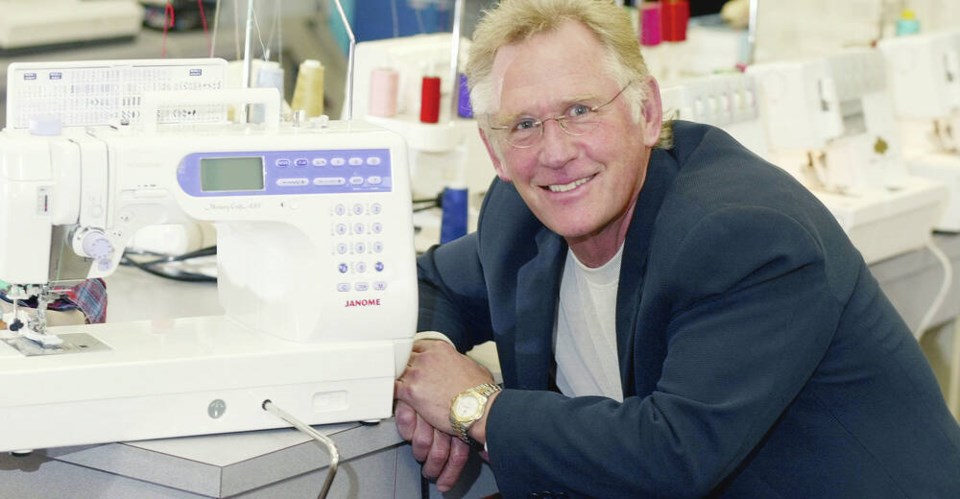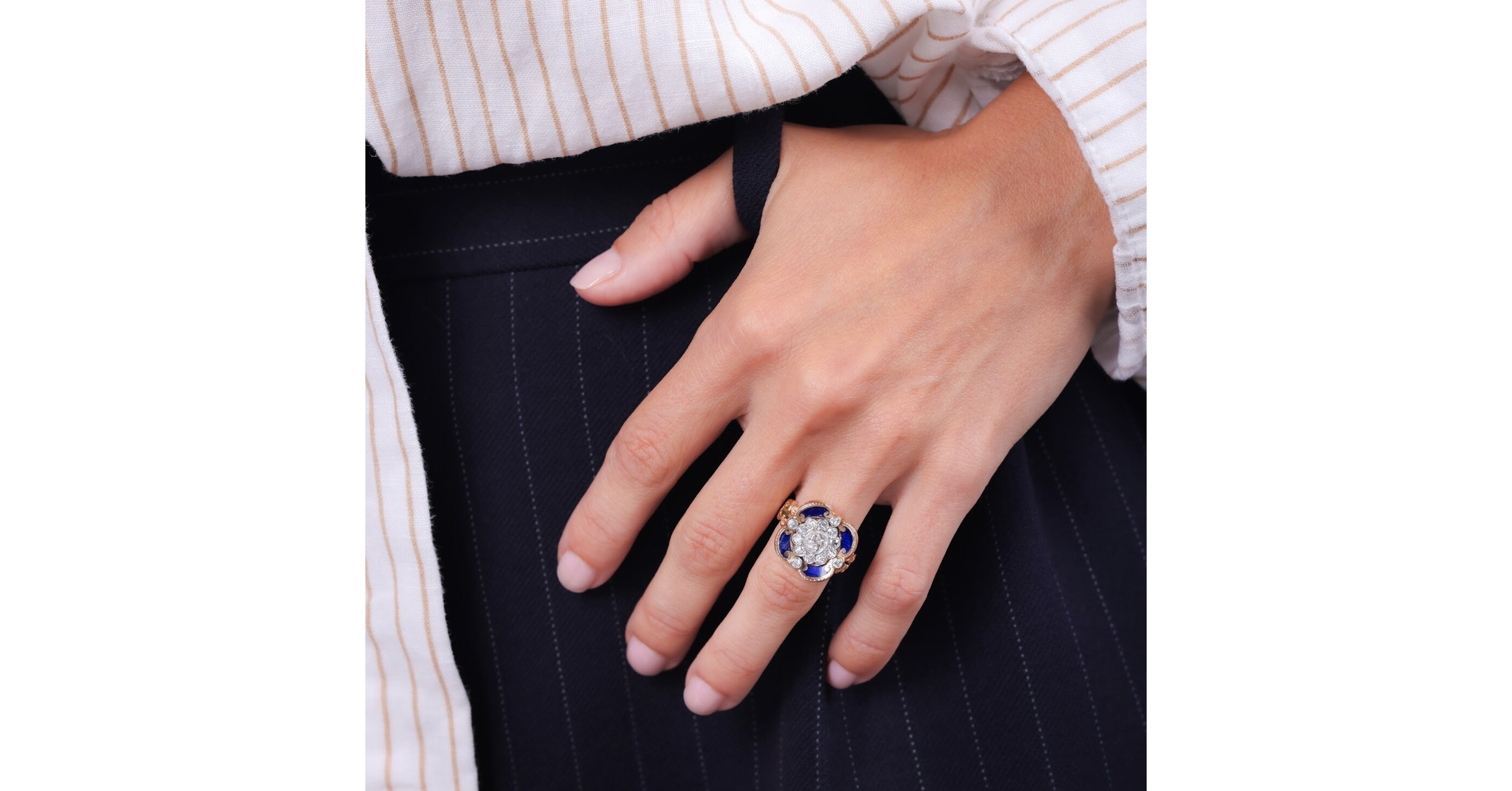France and Japan are both world leaders in design — but if you’re wanting to keep up with fashion, Paris is the unmissable trendsetter, while Tokyo is a backwater. It’s looking similar in the world of automobiles. This week’s Paris Motor Show has been a chance for a tariff-buttressed European car industry to showcase its ability to fight back against affordable, innovative Chinese electric vehicle imports.
The buzz was palpable half a world away: Renault SA, Stellantis NV, and Volkswagen AG all teased new EVs around or below a competitive €25,000 price level. Cheeky, crazy designs might even pique the interest of Europeans who increasingly seem to be drifting toward a post-car era. Blink, and you might have missed the fact that Japan’s auto sector was displaying its wares at the same time.
What’s more, you’d be forgiven for thinking the EV revolution wasn’t happening at all. Just a single electric car was on display at this year’s Japan Mobility Show: the Nissan Motor Co. Ariya, on sale since 2022 and first unveiled five years ago.
Toyota Motor Corp. and Honda Motor Corp. showed two cars powered by hydrogen, and three models were being displayed for their ability to burn biofuel.
That choice seems wildly out of touch with reality. At present, the number of battery EVs sold worldwide every three days is roughly equivalent to the total 90,762 hydrogen cars bought since that technology first came to market nine years ago. It’s a quixotic approach that seems.


















